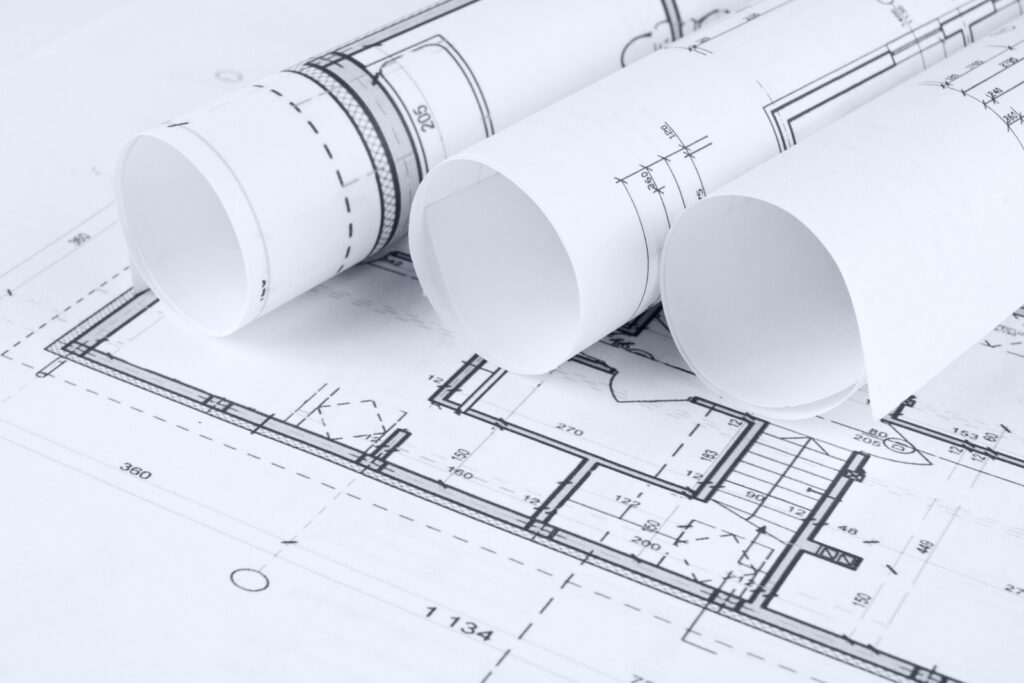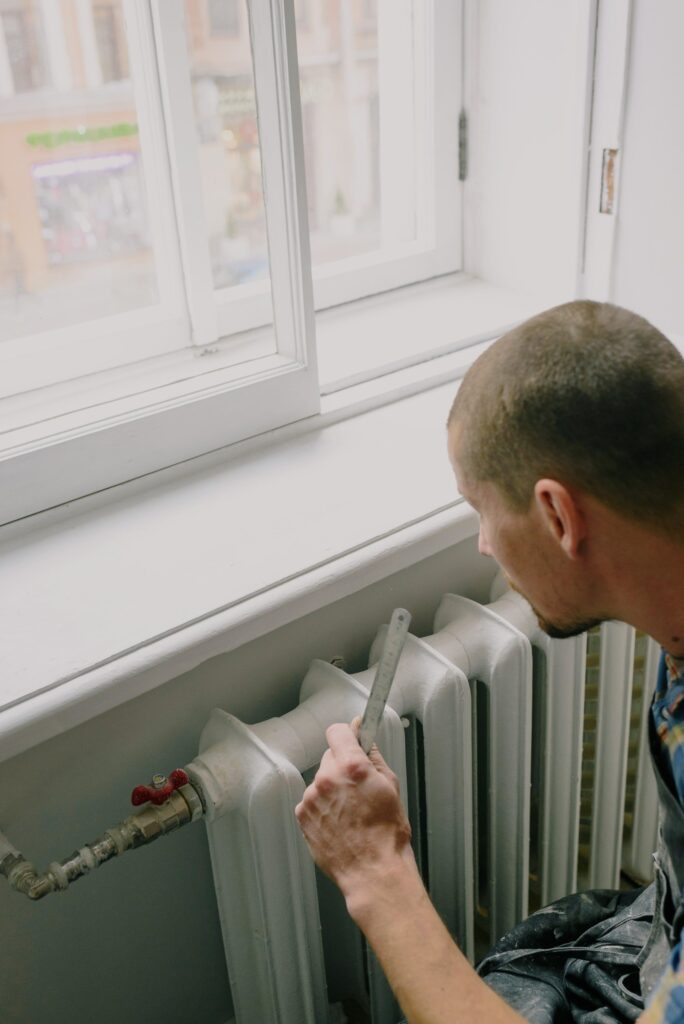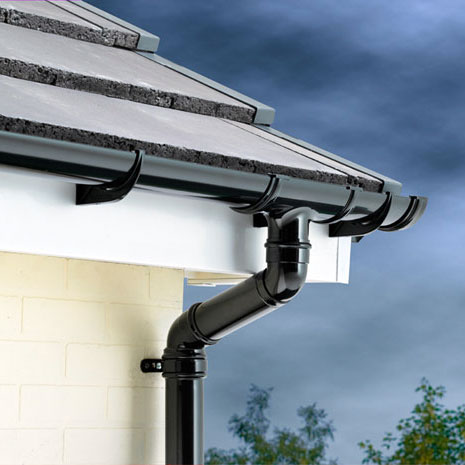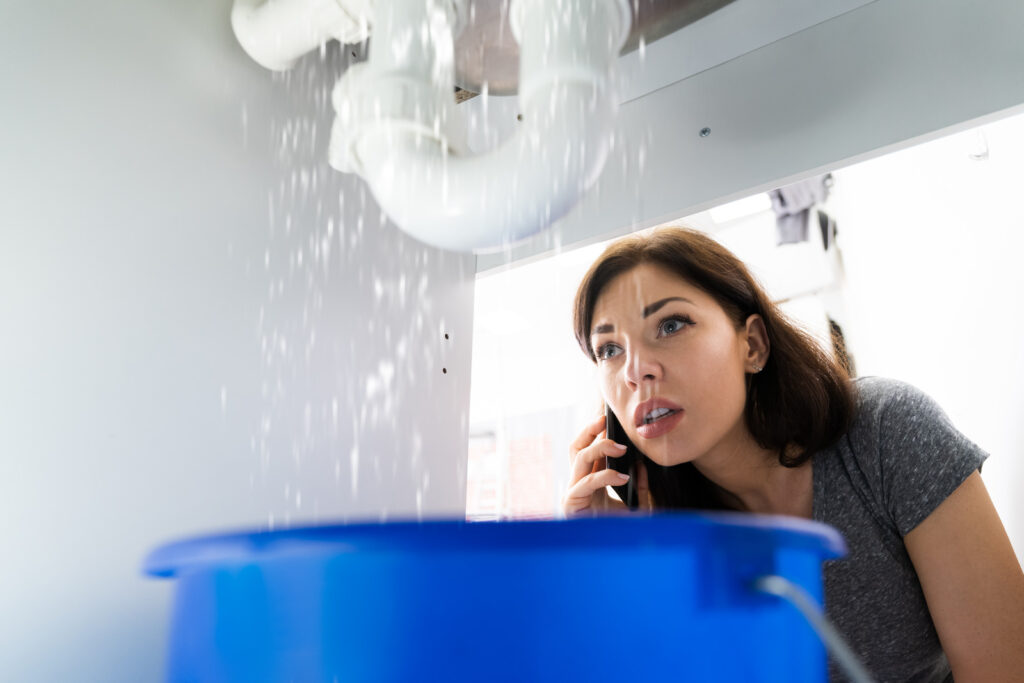Replumbing a house is a major undertaking, but it can greatly improve the functionality and value of your home.
Whether you are renovating an old house or making updates to your current one, there are plenty of reasons why you may need to replumb.
However, this process can be overwhelming and daunting for many homeowners. In this guide, we will provide tips and tricks to help you successfully replumb your house with ease.
Why Replumbing a House is Necessary
There are several reasons why replumbing a house may be necessary:
- Old or Deteriorating pipes: As homes age, so do their plumbing systems. Pipes can rust, corrode, and develop leaks over time. This not only affects the functionality of your plumbing, but it can also lead to water damage and mold growth.
- Outdated plumbing systems: Older homes may have outdated plumbing systems that do not meet modern standards. This can cause issues with water pressure, drainage, and even pose health hazards.
- Renovations or additions: If you are making changes to your home’s layout or adding new fixtures, you may need to replumb to accommodate these updates.
- Energy efficiency: Replumbing your house can also improve energy efficiency by replacing old, inefficient pipes and fixtures with newer, more efficient ones.
Planning for a Successful Replumbing

Replumbing a house is not something that can be done on a whim.
It requires careful planning and preparation to ensure a successful outcome.
Here are some steps to take before starting the replumbing process:
- Assess your current plumbing system: Start by inspecting your current plumbing system and identifying any issues that need to be addressed. This will help you determine the scope of the project and what materials you will need.
- Create a budget: Replumbing can be costly, so it’s important to create a budget and stick to it. Consider the cost of materials, labor, and any unexpected expenses that may arise.
- Research building codes and permits: Before starting any replumbing work, be sure to research your local building codes and obtain any necessary permits. This will ensure that your new plumbing system meets safety standards and avoids potential legal issues.
- Choose the right materials: There are a variety of plumbing materials available, so it’s important to choose ones that are suitable for your home and budget. Consult with a professional plumber to determine the best options for your specific needs.
- Hire a reputable plumber: While DIY replumbing may seem like a cost-effective option, it’s always best to hire a professional plumber for this type of project. They have the experience and knowledge to ensure your replumbing is done correctly and up to code.
Tips and Tricks for a Smooth Replumbing Process
Now that you have a plan in place, it’s time to start the replumbing process.
Here are some tips and tricks to help make the process go as smoothly as possible:
- Create a schedule: Replumbing can disrupt your daily routine, so it’s important to create a schedule with your plumber to minimize any inconvenience. This will also help you stay on track and ensure the project is completed in a timely manner.
- Stay organized: Label all pipes and fixtures before removing them to make it easier to reconnect everything later. Keep all plumbing materials and tools in one designated area to avoid confusion and clutter.
- Be prepared for unexpected issues: Despite careful planning, there may be unforeseen issues that arise during the replumbing process. It’s important to mentally prepare for this and have a contingency plan in place.
- Communicate with your plumber: Clear communication with your plumber is key to a successful replumbing or new bathroom installation. Make sure to discuss any concerns or changes that may arise during the process.
- Don’t rush the final stages: The final stages of replumbing a house, such as installing fixtures and testing for leaks, are crucial. Take your time and double-check everything to ensure it’s done correctly.
Central Heating System Replumbing

In addition to the plumbing fixtures, you may also need to replumb your central heating system. This involves replacing old pipes, radiators, and boiler units with more efficient ones.
To ensure a successful central heating system replumbing:
- Consider energy efficiency: When choosing new piping materials for your central heating system, opt for energy-efficient options that can save you money in the long run.
- Consult with a professional: Replumbing a central heating system can be complicated, so it’s best to consult with a professional plumber or heating specialist for guidance and assistance.
- Schedule regular maintenance: To keep your new central heating system running smoothly, schedule regular maintenance checks with a professional. This will help catch any issues before they become major problems.
Plumbing installation and Maintenance Tips
Once your house has been replumbed, it’s important to maintain your new plumbing system to keep it functioning properly. Here are some installation and maintenance tips:
- Properly insulate pipes: Insulating pipes can help prevent them from freezing during colder months.
- Regularly clean drains and fixtures: To avoid clogs and buildup, regularly clean drains and fixtures using natural solutions like baking soda and vinegar.
- Check for leaks: Keep an eye out for any signs of leaks, such as water stains or mold growth, and address them immediately to prevent further damage.
- Schedule professional maintenance checks: Even if everything seems to be functioning well, it’s a good idea to schedule regular maintenance checks with a professional plumber to catch any potential issues early on.
Replumbing a House Cost uk

The cost of replumbing a house in the UK can vary depending on the size of your home, the complexity of the replumbing project, and the materials used.
On average, it can cost anywhere from £2,500 to £5,000 for a small house and up to £10,000 or more for larger homes with complex plumbing systems.
However, keep in mind that the cost of replumbing can be offset by potential energy and water savings in the long run. It’s also important to factor in the potential increase in your home’s value with a new plumbing system.
Replumbing Drainage pipes

Replumbing can also involve replacing old drainage pipes in addition to water supply pipes. This is important for maintaining proper sanitation and preventing sewage backups.
When replumbing drainage pipes, consider:
- Pipe material: Choose durable materials that are resistant to corrosion and clogs. Common options include PVC drain lines, cast iron, and copper pipes.
- Proper slope: The soil pipe must have a proper slope to allow water and waste to flow freely. Consult with a professional plumber to determine the correct slope for your home.
- Venting: Proper venting is necessary to prevent odours and gases from entering your home. Make sure to include vent pipes in your drainage replumbing project.
Cost to replace pipes
The cost to replace drainage pipes can vary depending on the material used, the length of pipe needed and the complexity of the project. On average, it can range from £200-£450 per metre for PVC drain lines and up to £1,000 per metre for cast iron or copper pipes.
Lead pipes, which are commonly found in older homes, can be more expensive to replace due to the health hazards associated with lead. It’s important to consult with a professional plumber for an accurate cost estimate.
How do you know if a house needs replumbing?

There are several signs that may indicate a need for replumbing in a house:
- Frequent leaks or burst pipes: If your home experiences frequent plumbing issues such as leaks or burst pipes, it may be an indicator of old and deteriorating plumbing.
- Low water pressure: This could be caused by build up and blockages in the pipes, indicating a need for replumbing.
- Discoloured water: Rusty or discoloured water coming from your taps can be a sign of corroded pipes that need to be replaced.
- Strange noises: If you hear gurgling or banging noises when using plumbing fixtures, it could indicate an issue with the pipes.
If you notice any of these signs, it’s important to consult with a professional plumber to assess the situation and determine if replumbing is necessary.
Is it worth it to replumb a house?
In some cases, replumbing a house may be necessary due to old and deteriorating pipes. But for others, it may be seen as an unnecessary expense. However, there are several benefits to replumbing that make it worth the investment:
- Improved efficiency: Replumbing with more modern and efficient materials can save you money on water and energy bills in the long run.
- Increased home value: A new plumbing system can increase the value of your home and make it more attractive to potential buyers.
- Peace of mind: Replumbing can give you peace of mind knowing that your home’s plumbing system is in good condition and less likely to experience issues in the future.
Conclusion
Replumbing a house is a significant project that requires careful planning and execution. Hiring a professional plumber and following these tips can help ensure a smooth process and successful results.
Remember to also consider the potential long-term benefits and cost savings of a new plumbing system when deciding whether to replumb your house.
